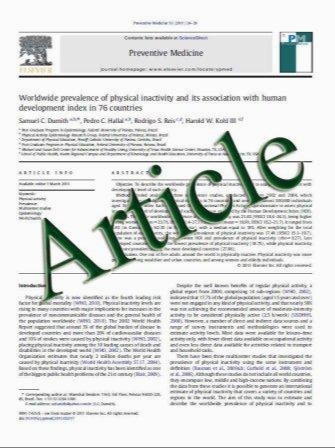Iron status and treatment modalities in transfusion-dependent patients with myelodysplastic syndromes
- نوع فایل : کتاب
- زبان : انگلیسی
- مؤلف : Michel Delforge & Dominik Selleslag & Agnès Triffet & Philippe Mineur & Greet Bries & Carlos Graux & Fabienne Trullemans & Karen MacDonald & Ivo Abrah
- چاپ و سال / کشور: 2011
Description
Transfusion dependency and iron overload are common among patients with myelodysplastic syndromes (MDS) treated with red blood cell (RBC) transfusions. Transfusion dependency is associated with leukemic progression and shorter survival. Guidelines recommend iron chelation therapy to manage iron overload, however little is known about the chelation patterns in daily clinical practice. The objective of this multicenter, retrospective, cross-sectional, observational study was to evaluate iron status and its management in transfusion-dependent MDS patients. A total of 193 patient records from 29 centers were eligible for inclusion. Median patient age was 76, and median age at diagnosis of MDS was 74. Patients had received an average of 13.4±7.6 RBC units in the past 4 months; 44% had received more than 50 units since their MDS diagnosis. Medium serum ferritin was 1,550 μg/L. Ninety patients (46.6%) received iron chelation therapy with either deferoxamine (41%), deferasirox (36%), and deferoxamine followed by deferasirox (23%). There were no statistically significant differences between chelated and nonchelated patients in terms of International Prognostic Scoring System (IPSS), French-American-British (FAB), and/or World Health Organization (WHO) status, though chelated patients had received more RBC transfusions (p= 0.014). Iron chelation therapy may be underutilized in transfusion-dependent patients. Undertreatment can be reduced by complementing sound clinical judgment with the generally accepted guidelines of a serum ferritin level >1,000 μg/L and/or two or more RBC transfusions per month for the past year; considering patients on the basis of their IPSS, FAB, and/or WHO status; and individually tailored treatment regimens. Prospective randomized trials are necessary to establish causally the efficacy of iron chelation therapy in MDS.
Ann Hematol (2011) 90:655–666 DOI 10.1007/s00277-011-1164-9 Received: 22 July 2010 / Accepted: 19 January 2011 / Published online: 12 February 2011


